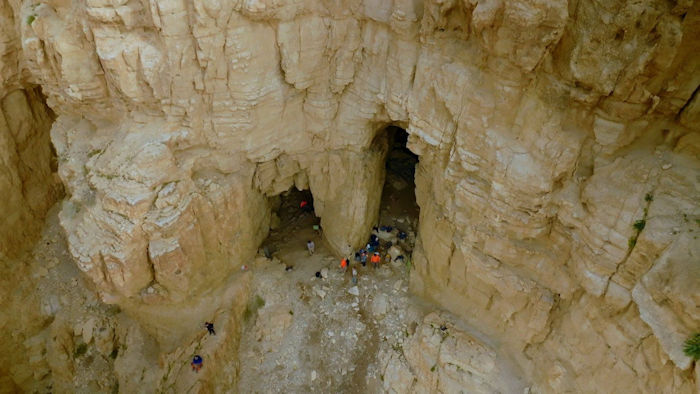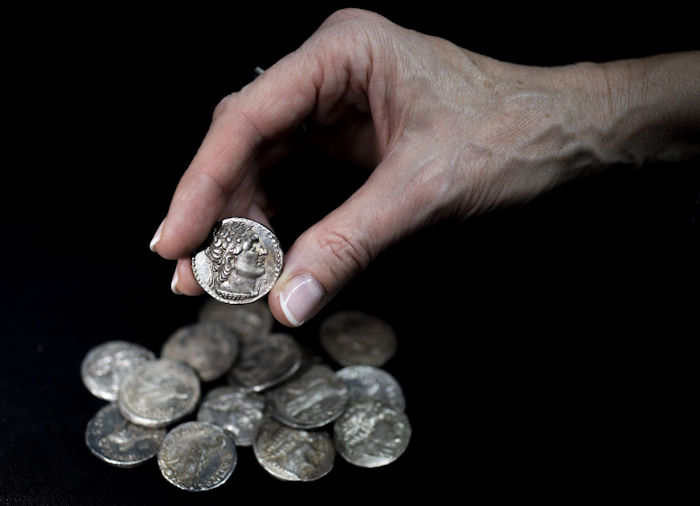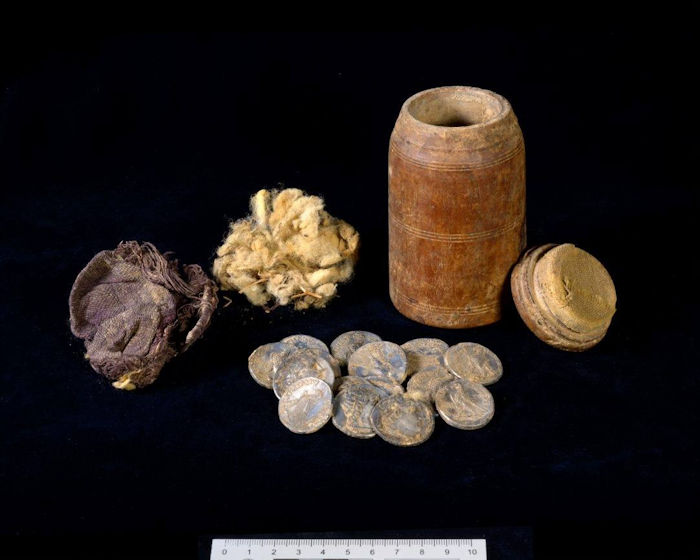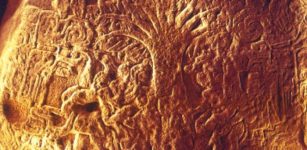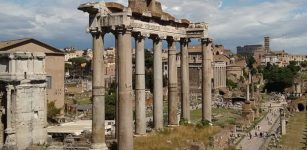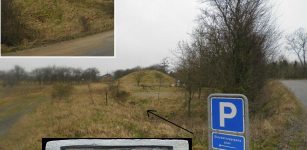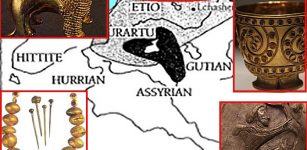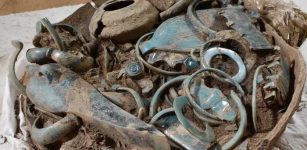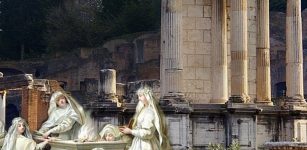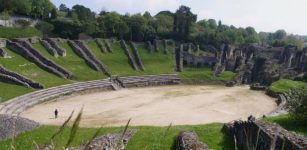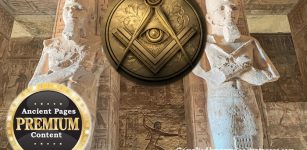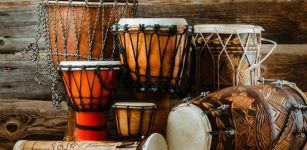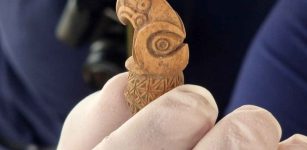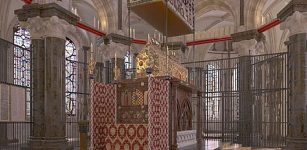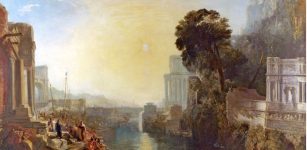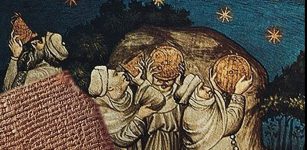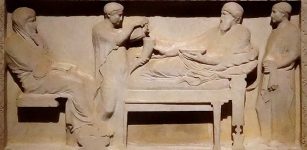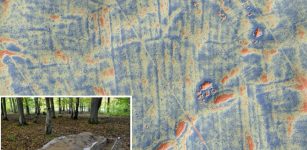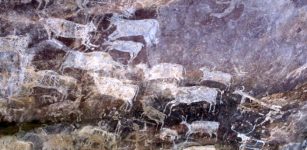Rare Coins Found In A Dead Sea Cave Offer First Solid Evidence For The Maccabean Revolt 2,200 Years Ago
Jan Bartek - AncientPages.com - For the first time ever, scientists have found convincing evidence Jews fled to the Negev after a failed revolt 2,200 years ago.
Muraba‘at Cave. Credit: Israel Antiquities Authority
The Maccabean Revolt of 167-160 BCE was a Jewish uprising in Judea against the repression of the Seleucid Empire. The revolt was launched by the priest Mattathias and later led by his third son, Judah Maccabee.
“Then many who were seeking righteousness and justice went down to the wilderness to dwell there…. it was reported to the king's officers, and to the troops in Jerusalem in the city of David, that men who had rejected the king's command had gone down to the hiding places in the wilderness. Many pursued them and overtook them; they encamped opposite them and prepared for battle against them on the Sabbath day….” (I Maccabees 2:29–37).
A rare wooden box containing 15 silver coins dating to the reign of Antiochos IV was discovered in an excavation in the Darageh Stream Nature Reserve, overlooking the Dead Sea, and earned the marvelous title “The first solid evidence in the Judean Desert for the Maccabean Revolt against the Greek Seleucid Kingdom.”
These ancient coins offer first solid evidence for the Maccabean Revolt. Credit: Israel Antiquities Authority
The upper part of the box was full of packed earth and small stones. Below this layer, a piece of purple woolen cloth was found, covering the coins that were arranged with bits of sheep’s wool in the lower part of the box. The coin hoard, cleaned in the Israel Antiquities Authority metal laboratory, comprised 15 silver tetradrachma coins minted by Ptolemy VI, King of Egypt.
Based on the latest coin in the hoard dated to 170 BCE, the hiding of the hoard can be associated with the Maccabean Revolt that broke out following the decrees of Antiochos Epiphanes IV ("the Wicked") against the Jewish religion or with the events that led up to the revolt.
The box was hidden in Muraba‘at Cave in the Darageh Stream Nature Reserve about 2,200 years ago, and it was discovered in excavations carried out there last May. The rescue excavation took place in Muraba‘at Cave in March–May 2022 in the framework of the Judean Desert Excavation and Survey Project undertaken by the Israel Antiquities Authority and the Archaeology Department of the Civil Administration of Judea and Samaria, in cooperation with the Ministry for Jerusalem and Heritage. Among the many finds, the unique lathe-turned wooden box was discovered in a crack in the cave.
The 2,200-year-old wooden box and its contents. Credit: Israel Antiquities Authority
“Here, we have good proof that people really were fleeing,” said Klein, deputy director of the IAA’s Theft Prevention Unit, just like it was written two thousand years ago in the apocryphal book
In general, when we find a cache of coins, they tell us a story of war. Otherwise, people don’t run off and leave their life savings,” said Klein. In today’s terms, the coins are worth about two months’ salary at an average wage, he noted. “You don’t just go off and leave NIS 30,000 in a cave,” Eitan Klein of the Israel Antiquities Authority said.
“This moving find, coming just before the festival of Hannukah, is symbolic, emphasizing once again the importance of our activity in the field of heritage.
Over the recent years, the Ministry of Jerusalem and Heritage, that I am responsible for, has invested millions of shekels in the Judean Desert Survey, together with the Israel Antiquities Authority and the Head of the Archaeology Department of the Civil Administration of Judea and Samaria, we have taken steps to save and preserve many heritage sites in the Judean Desert and throughout Judea and Samaria, and I commend all the participants in this important task.
See also: More Archaeology News
“The coin hoard that will be exhibited to the public in the framework of the Israel Heritage Week events fires the imagination and connects us with “those days in this season.” This is the Hannukah ‘gelt’ (money) that the Israel Antiquities Authority is donating to the people and the State of Israel," Eli Escusido, Director of the Israel Antiquities Authority, said.
Written by Jan Bartek - AncientPages.com Staff Writer

